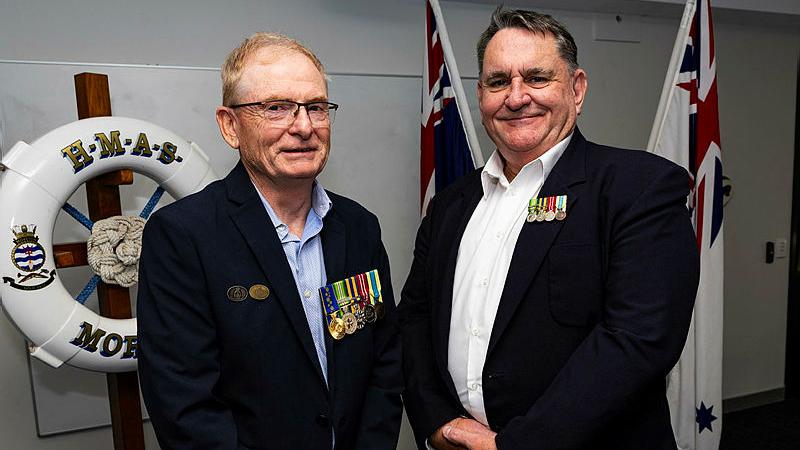Australia is taking increased action and using the latest science to protect the Great Barrier Reef from the crown-of-thorns starfish (COTS).
COTS have been a major cause of coral decline across the Reef for more 40 years. They can eat an area of coral about the size of a dinner plate each day.
Managing the impact of COTS is important in protecting our coral and helps builds the Reef’s resilience to other threats, including climate change.
Science is helping us look at new ways to manage this prickly pest.
At the Australian Institute of Marine Science (AIMS) National Sea Simulator (SeaSim), a range of studies are being run on the early life of COTS. This is providing a better understanding of outbreaks and possible solutions.
Researchers raise COTS at the facility for these studies. More than 5 million COTS larvae are raised in SeaSim each year for research.
Researchers at AIMS are also investigating ways to detect COTS outbreaks earlier. They are developing tests, including a dipstick, which can detect small quantities of COTS by measuring DNA they release into the water.
This provides opportunities for early intervention. It could also enable citizen scientists, tourism operators and Reef managers to help with COTS monitoring.
Managing this pest is one of the most practical and we can do to protect the Reef’s coral.
This demonstrates how science is underpinning our efforts to better manage the impact of COTS and other threats on the Reef into the future.







